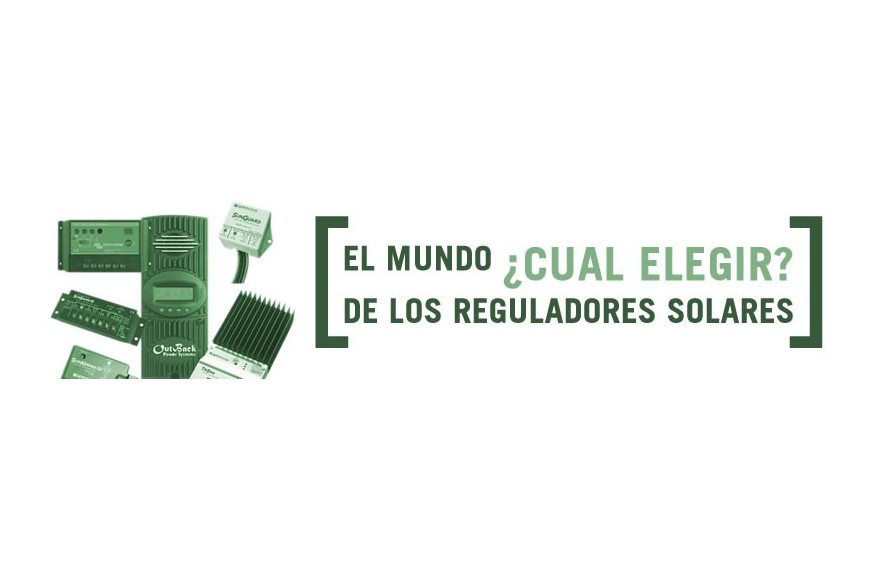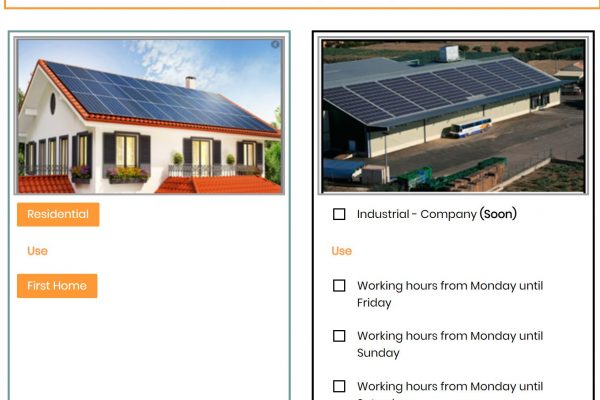It is the device found in every solar power system that ensures batteries can be load based on the power generated by photovoltaic solar panels. That is, it is connected between the solar panels and batteries and controls charging thereof.
Therefore it is also called the solar controller or solar charger.
In any installation containing batteries, it has to be a solar controller. You should never directly connect solar panels to the batteries.
There are two main types of solar regulators:
- Conventional solar charger Usually with PWM technology. We will not go now into describing the PWM technology, but it is the most used control algorithm in solar regulators. This type of conventional solar charger requires that the voltage of the solar panel was suitable for the battery. That is, to charge 12V batteries with a conventional solar controller need a solar panel 12V (although we will see that they have actually a little higher voltage). Therefore, if we choose this type of solar charger we are forced to choose a particular type of photovoltaic solar module.
- MPPT solar charger Named like this due to the fact that these are using MPPT technology. The MPPT technology is more efficient than the PWM algorithm, so it can take more power from the same string of modules, although they are logically more expensive. To find out which module can be installed with each regulator must check-in its characteristics which maximum voltage and current (or power, as come indicated) supports, in order to ensure that the characteristics of the module or modules chosen below these highs. That is why the MPPT solar regulators allow us to connect any module with any batteries, although a priori doesn’t match voltages between solar panel and battery.
Pros and cons of each type of controller
PWM solar controller. Pros:
They are built with proven technology for many years.
- They are cheap controllers.
- They are available in sizes up to 60 A.
- They have a long shelf life, most have a passive cooling system heat, ie without fans, thus more reliable.
- These charge controllers are available in many sizes and a wide variety of applications.
PWM solar controller. Cons:
- The nominal voltage must be the same as the battery bank.
- No unique drivers for sizes above 60 A continuous current.
- Sometimes they have a limited capacity for growth of the system.
MPPT solar regulators. Pros:
- Charge controllers offer a potential increase in loading efficiency by up to 30% (typically may consider at least 15%).
- These controllers offer the possibility of placing panels in series to higher voltages to the battery bank.
- They are available up to 80 A.
- Guarantees MPPT charge controllers are typically higher than in the PWM units.
- They offer greater sensitivity for system growth.
MPPT solar regulators. Cons:
- MPPT charge controllers are more expensive, sometimes costing twice the PWM.
- The MPPT units are generally larger in physical size.
- Proper sizing can be challenging without the manufacturer’s guidelines




